Deskripsi
Babi busa adalah perangkat yang digunakan dalam pemeliharaan dan pembersihan pipa. Mereka dirancang untuk dimasukkan ke dalam pipa dan didorong oleh aliran fluida, biasanya gas atau cairan. Babi busa terbuat dari bahan busa, biasanya poliuretan, dan datang dalam berbagai jenis tergantung pada fitur dan aplikasi spesifiknya.
Berbagai jenis babi busa
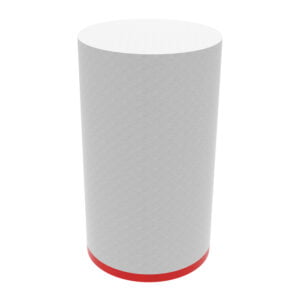
1. Higroscopic Bi-Di Foam Pig (Model: LCQZ-RTH):
-Babi busa ini terbuat dari bahan poliuretan, dibentuk melalui berbusa satu kali.
- Ini memiliki tekstur lembut dan elastisitas yang baik.
-Babi busa bi-di higroskopis menunjukkan penyerapan air yang kuat, memungkinkannya untuk merusak hingga 70% dari bentuk aslinya.
- Ini sangat efektif untuk saluran air, degreasing, dan pengeringan.
-Parameter teknis termasuk tekanan awal 0,2-0,3 MPa, kepadatan mulai dari 35kg/m³ hingga 150kg/m³, menahan tekanan 7MPA, laju peregangan 320%, rasio kompresi 60, laju pengendalian 450-suhu, dan 100 km, laju pengurangan 40 km, kisaran 50 km.
2. Babi busa telanjang (model: lcqz-rtn):
- Babi busa telanjang juga memiliki tekstur lembut dan elastisitas yang baik.
- Ini memiliki penyerapan air yang kuat, memungkinkan jumlah deformasi hingga 60%.
- Jenis babi busa ini umumnya digunakan untuk pipa pengeringan, degreasing, dan pengeringan.
– Technical parameters include a starting pressure of 0.2 MPa, density ranging from 35kg/m³ to 220kg/m³, withstanding the pressure of 7MPa, stretch rate of 320%, a compression ratio of 60, flex life of 50,000 times, an attrition rate of 4mm/100km, the operating distance of 50km-150km, and operating temperature range of -30 to 100℃.
3. Babi busa Polly (model: LCQZ-RTR):
- Babi busa Polly dibuat dengan bahan poliuretan pada interior dan lapisan elastomer poliuretan di permukaan.
- Menawarkan fleksibilitas dan ketahanan aus yang baik.
- Jumlah deformasi babi busa ini dapat mencapai 50%, membuatnya banyak digunakan.
- Aplikasi utamanya termasuk scrubbing, descaling, dan isolasi cairan dalam pipa.
-Parameter teknis termasuk tekanan awal 0,02 MPa, kepadatan mulai dari 35kg/m³ hingga 220kg/m³, menahan tekanan 7MPA, laju peregangan 320%, rasio kompresi 50, laju lancar 50.000 kali, dan laju pengurangan ℃ ℃ 100 km, dan jarak pengoperasian.
4. CRISS Cross Foam Pig dengan sikat tabel (model: LCQZ-RTCB):
- Babi busa ini terbuat dari bahan poliuretan pada interior dan dilapisi dengan lapisan elastomer di permukaan.
- Ini fitur sikat kawat spiral yang melekat padanya.
- Dengan jumlah deformasi hingga 40%, elastis dan tidak rontok dengan mudah.
- Babi busa silang silang dengan tabel sikat terutama digunakan untuk menghilangkan skala keras dari pipa, memberikan efek penghilangan karat yang lebih baik dan efek dekontaminasi.
-Parameter teknis termasuk tekanan awal 0,2-0,3 MPa, kepadatan mulai dari 35kg/m³ hingga 220kg/m
- The Criss Cross Foam Pig with Brush Table (Model: LCQZ-RTCB) has a density ranging from 35kg/m³ to 220kg/m³, withstands a pressure of 7MPa, a stretch rate of 320%, a compression ratio of 50, a flex life of 50,000 times, an attrition rate of 2mm/100km, the operating distance of 100km-300km, and an operating temperature range -30 hingga 100 ℃.
5. Babi Busa Cross Cross (Model: LCQZ-RTCC):
- Babi busa silang silang terbuat dari bahan poliuretan pada interior dan dilapisi dengan elastomer poliuretan blok prismatik di permukaan.
- Ini menunjukkan kekerasan permukaan yang tinggi dan koefisien gesekan besar.
- Babi busa ini ditandai dengan elastisitas dan ketangguhan yang tinggi.
- Ini biasanya digunakan untuk pembersihan pipa, menghilangkan kotoran, dan melakukan prosedur pembersihan.
-Parameter teknis untuk babi busa ini termasuk tekanan awal 0,2-0,3 MPa, kepadatan mulai dari 35kg/m³ hingga 220kg/m³, menahan tekanan 7MPA, laju peregangan 320%, rasio kompresi dari 50, 60k laju pengurangan 2mm, 630 komba, 30 kime, 30 kime, 30 kime, 60 komba, 30 kime, 6,000 KIRITAS, laju pengurangan operasi, 320 km, 60ks, 100 ℃.
Ini adalah deskripsi yang diperluas dari berbagai jenis babi busa yang Anda sebutkan, termasuk model, pertunjukan, dan parameter teknis mereka. Babi busa adalah alat serba guna yang digunakan dalam berbagai tugas pemeliharaan pipa, menawarkan fitur yang berbeda untuk memenuhi kebutuhan pembersihan, pengeringan, degreasing, dan pengeringan tertentu.
Isi kunci teknologi babi yang diterapkan dalam pipa transmisi gas alam jarak jauh
(1) Prosedur untuk mengatur operasi pigging dalam pipa transmisi gas alam jarak jauh:
Saat mengimplementasikan teknologi pigging dalam pipa gas alam jarak jauh, penting untuk mengikuti prosedur yang tepat untuk mengurangi risiko. Kecerobohan selama operasi babi dapat mengakibatkan penyumbatan babi, membutuhkan pemotongan pipa dan berpotensi menyebabkan kebocoran gas. Menggambar pelajaran dari pengalaman sebelumnya, pendekatan sistematis harus diadopsi.
Langkah awal melibatkan penggunaan babi pelat lurus untuk tujuan eksplorasi dan deteksi. Ini memungkinkan staf untuk mendapatkan wawasan tentang kondisi internal pipa. Berdasarkan keadaan tertentu, metode yang dipertimbangkan dengan baik dipilih untuk melakukan operasi pigging. Penting untuk menekankan proses langkah demi langkah daripada hanya berfokus pada kecepatan.
(2) Pengembangan standar pigging spesifik untuk pipa transmisi gas alam jarak jauh:
Karena kompleksitas dan risiko yang terkait dengan pekerjaan babi dalam pipa gas alam jarak jauh, perencanaan menyeluruh sangat penting. Standar pigging spesifik harus diformulasikan untuk memandu teknologi pigging. Anggota staf harus mulai dengan mengambil gambar dan data pipa yang relevan, memungkinkan pemahaman komprehensif tentang parameter terperinci dan kondisi aktual pipa. Selanjutnya, rencana babi yang cermat dan terperinci ditetapkan, memastikan kepatuhan terhadap prosedur operasi yang ditentukan.
(3) Implementasi Operasi Pigging dalam Jalur Transmisi Gas Alam Jangka Panjang:
Pengawasan dan manajemen yang efisien sangat penting selama operasi babi. Sebelum memulai proses pigging, persiapan yang tepat harus dilakukan. Pemeliharaan yang cermat dan inspeksi semua komponen, termasuk katup asupan dan buang, sangat penting. Selain itu, pelatihan menyeluruh dalam teknologi babi harus dilakukan untuk mencegah percikan api yang dihasilkan dari tabrakan atau gesekan selama penggunaan. Perhatian khusus harus diberikan ke area tertentu.
Saat memulihkan bola pigging ke dalam silinder, penting bagi operator untuk menggantikan udara di dalam dengan nitrogen untuk meminimalkan diferensial tekanan. Katup keseimbangan dipasang pada sambungan pereduksi silinder bola untuk memfasilitasi tekanan yang terkontrol. Urutan ini melibatkan membuka katup inlet dan outlet dari silinder bola, diikuti dengan menutup katup penyeimbang. Dengan mengikuti langkah -langkah ini selama dorongan lambat, operasi dapat dilakukan secara efektif dan aman.
Mengapa Memilih Kami
1. Banyak jenis babi busa dengan jenis yang berbeda memenuhi persyaratan yang berbeda.
2. Sampel akan ditawarkan untuk membuktikan kualitas dan layanan kami.
3. Umpan balik tercepat!
4. Waktu pengiriman tercepat.
5,24 jam, 7 hari online.

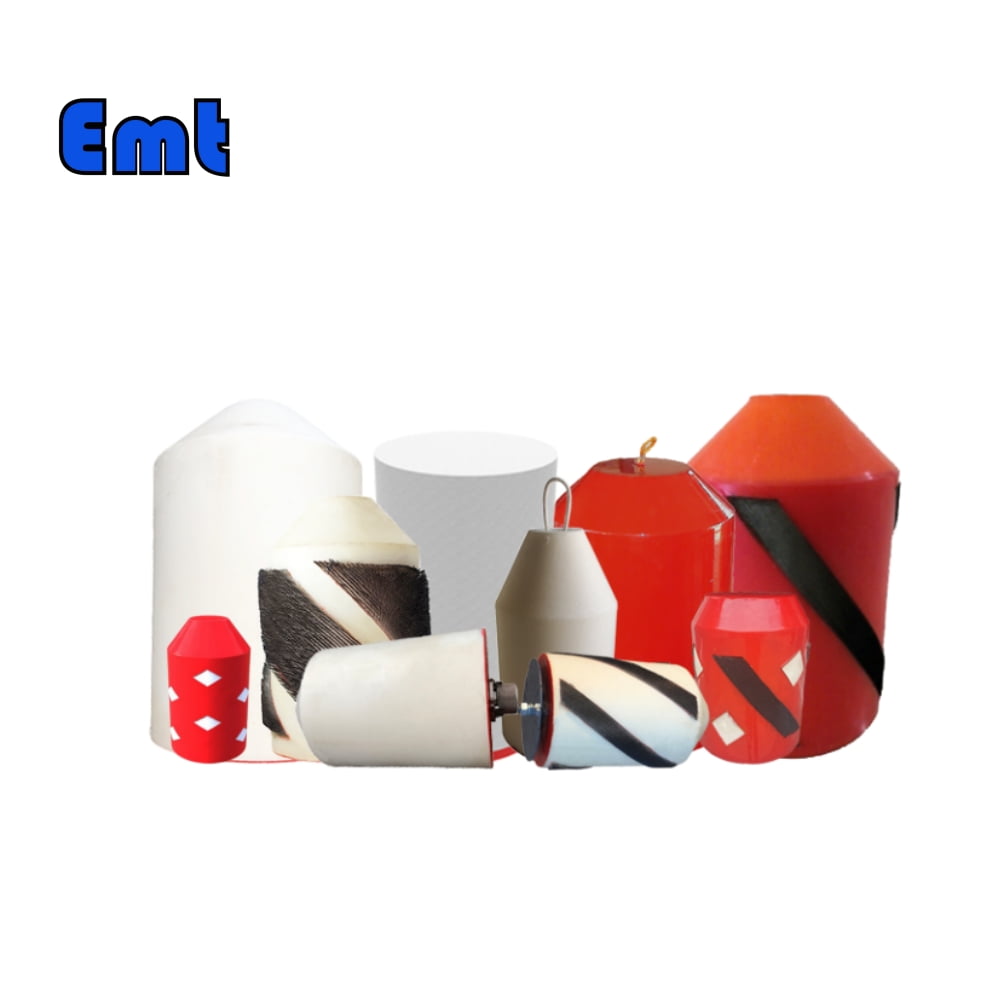
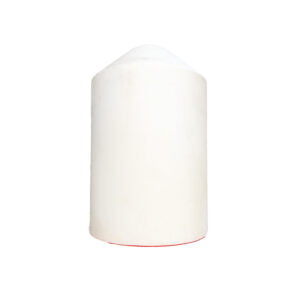
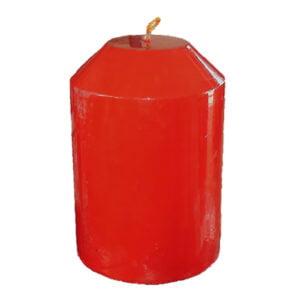
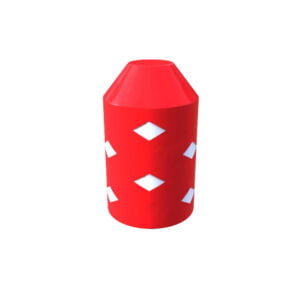
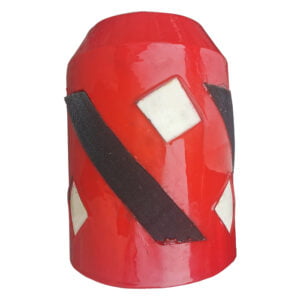
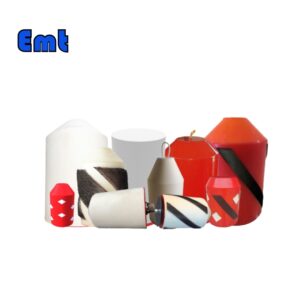
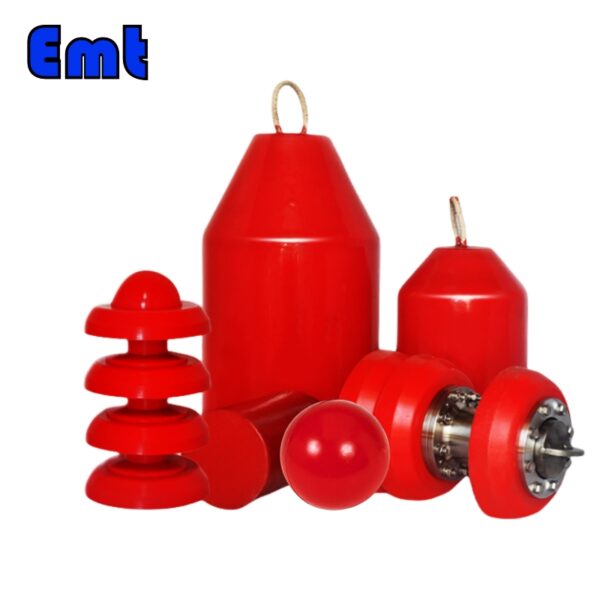
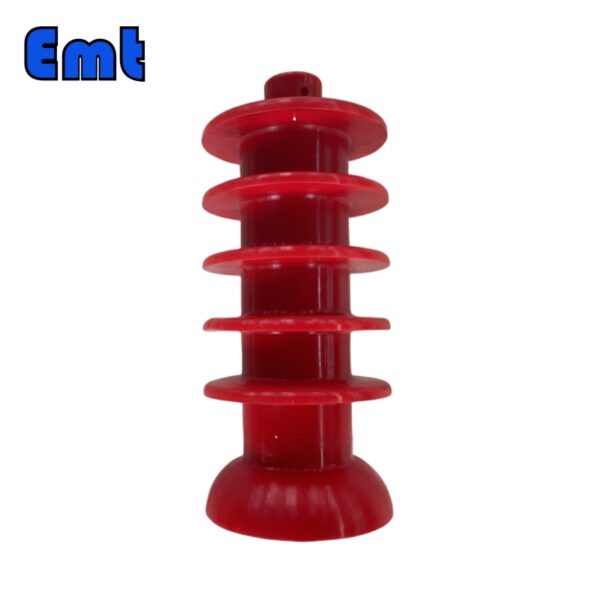
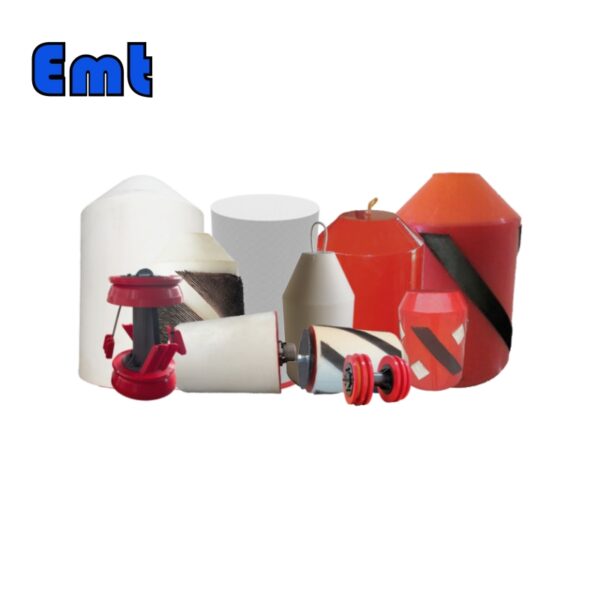
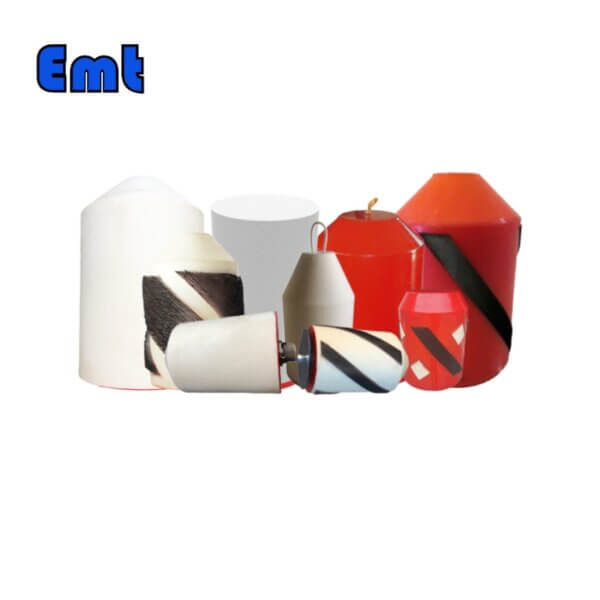
Ulasan
Belum ada ulasan.